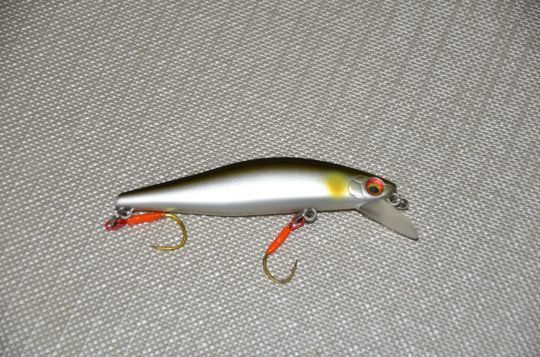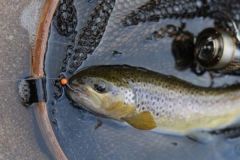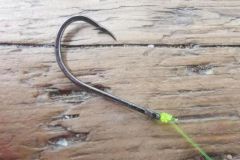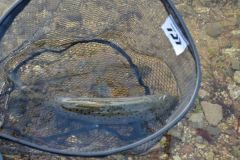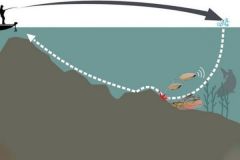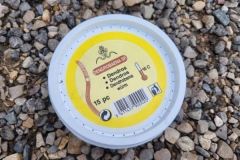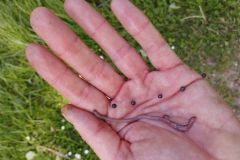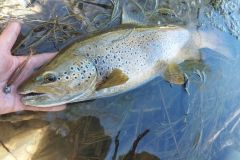An assistant adapted to the lure
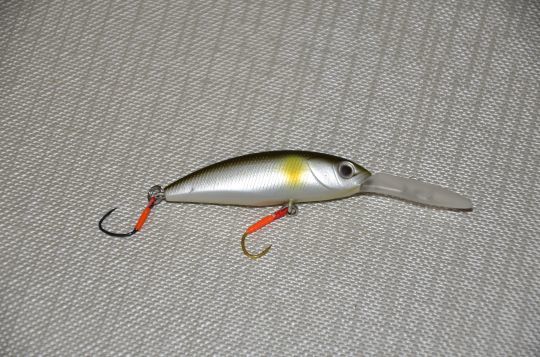
Making your own assist hooks does several very important things. Firstly, the choice of the hook will be made by you, which allows you to have better chances that it is adapted by its size and its opening to your lure. You can choose fine iron hooks, especially for small fish, but also strong iron hooks for stalking large individuals.
The size of the hook can be fine-tuned to allow the lure to swim in the best way possible. The color of the braid and resin you choose will allow you to either increase discretion with natural colors, or to create an additional attraction by using flashy or UV reactive colors.
Savings and satisfaction
For the same lure, you can therefore make several rigs, interchangeable according to your fishing area, at low cost. Single hooks can be purchased in large quantities at low prices on the internet, but you can also select your favorite hooks from the market if needed.
The material needed to make an assist hook is very basic. A simple vice used by fly fishermen, some thin string to create the loop of the assist, some tying thread and some resin. The only requirement to make them is to spend a little time. However, once you have mastered the method, an assist hook can be quickly made into a chain. The satisfaction you will get from a catch on your own assists will be a pleasure in addition to the pleasure of the catch. For these reasons, many anglers make all their own tackle.
How to make an assist hook for trout fishing ?
The question now is, how do you do it? Actually, it's pretty simple. Choose the hook that best suits you for a lure and place it on your vise, tightly. Start by making a few turns with the tying wire on the shank of the hook.
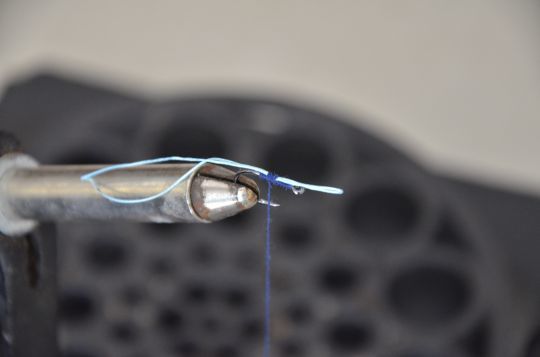
Lay your cord in a loop of the right size and secure it with the binding wire.
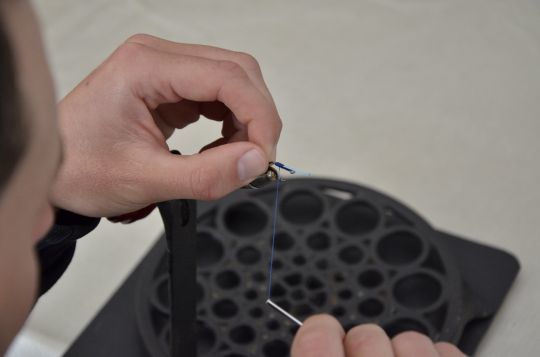
Once the cord is secured, finish your binding with a few half-keys and cut the excess wire.
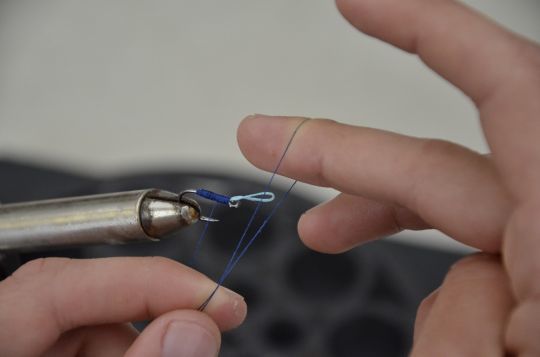
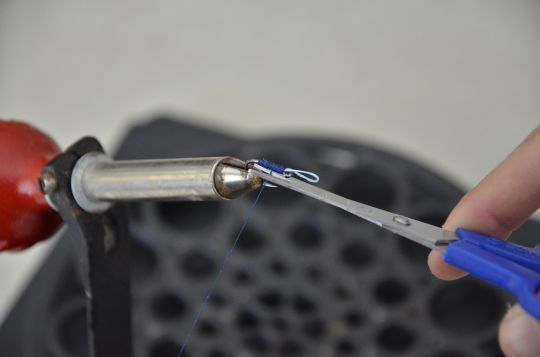
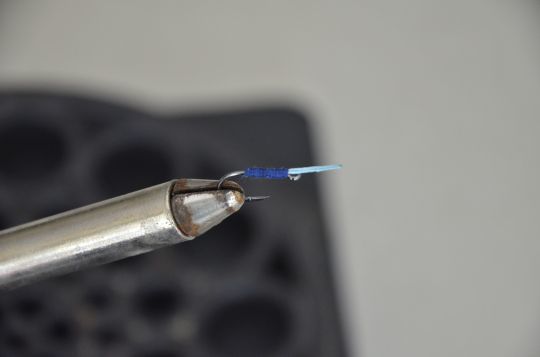
Apply the resin or glue to the ligature, but do not soak the string or it will become very stiff and ineffective. Let your assistant dry before fitting it to your lure.
This manufacturing process will take you about two minutes, the drying time may vary depending on your resin. There you go, just test your fabrication and adjust the sizes and colors to make the perfect assistant.
